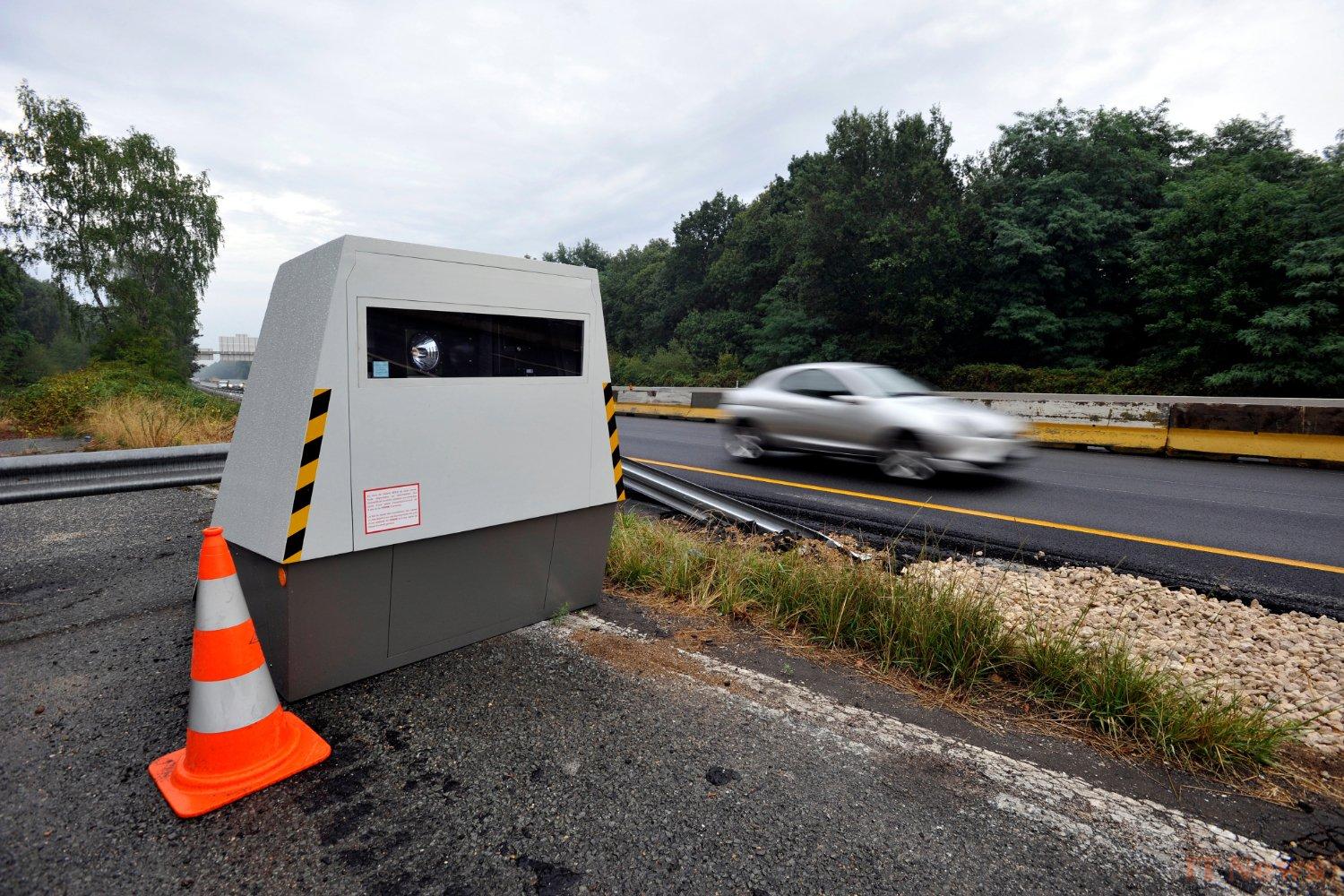Autonomous radars, better known as "construction site radars," are experiencing a spectacular increase in France. Originally reserved for roadwork zones only, they are now invading new sections of road with disconcerting speed. But why have these radars become so numerous, and what does this increase really mean for motorists?
Eloquent figures
The figures speak for themselves: France had around 330 construction site radars at the start of 2024, and this number could reach nearly 550 by the end of the year, an impressive increase of 67%. This major expansion, decided by the government to improve road safety, is not without a direct impact on drivers' wallets.
Each autonomous radar indeed displays exceptional profitability. According to statistics provided by the authorities, a single construction site radar records between 17,000 and 20,000 violations per year. This is up to four times more than a traditional fixed radar, making it a real financial jackpot for the State. Thus, although they represent only 8% of the total French radar fleet, these devices generate between 25% and 35% of revenue from fines!
Road safety or jackpot?
But while these radars bring in a lot of money, their main justification remains road safety. Initially designed to protect workers in construction zones, their use is now extending to sections of road where accidents are frequent or where speed limits are often ignored.
Their high mobility is also a major asset. Installed on trailers, they can be moved easily, generally every three to four weeks. This not only allows them to surprise motorists – who don't always have time to identify their new location – but also to be deployed very quickly in road safety hotspots.
In addition to their mobility and efficiency, these radars benefit from increasingly advanced technology. The latest generation uses 2D Lidar, a technology that allows for simultaneous monitoring of several traffic lanes and vehicles traveling in both directions. Eventually, they will be able to detect much more than just speeding, such as not respecting a safety distance, not wearing a seatbelt, or even using a mobile phone while driving.
Motorists caught speeding
Faced with this rapid proliferation and technological advances, French motorists must be extra vigilant. Some are already denouncing a form of "permanent trap" aimed more at filling state coffers than truly improving road safety.
But for the public authorities, the equation is clear: more speed cameras means fewer accidents. In 2023, according to the Road Safety Authority, areas equipped with autonomous speed cameras saw a significant drop in the number of serious accidents, a trend that the authorities hope to confirm with this ongoing massive deployment.
By 2026, they could represent an even larger part of the road safety system, with the same promise: reducing speed to reduce road deaths.



0 Comments